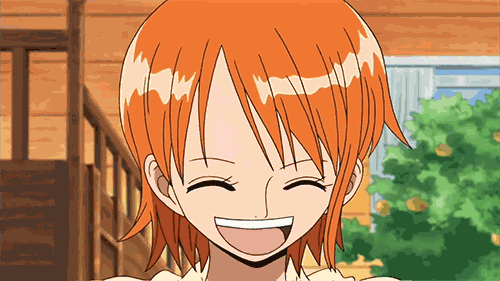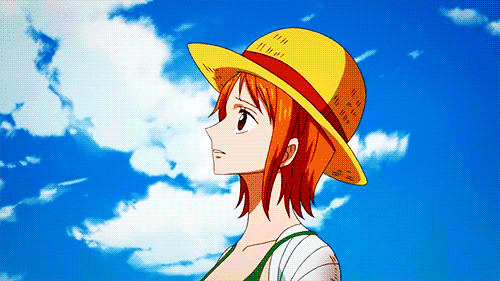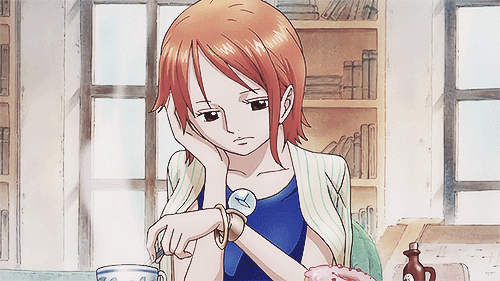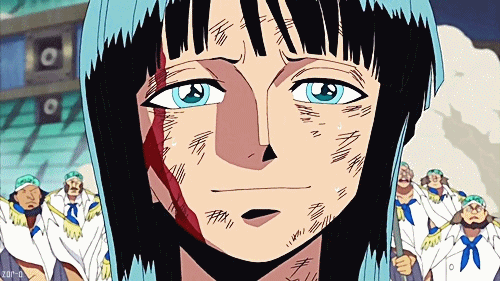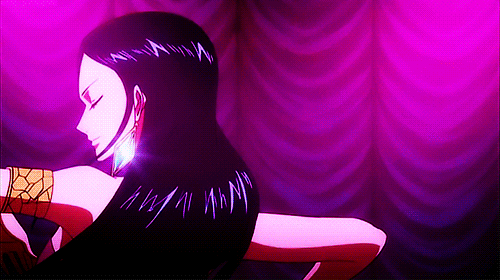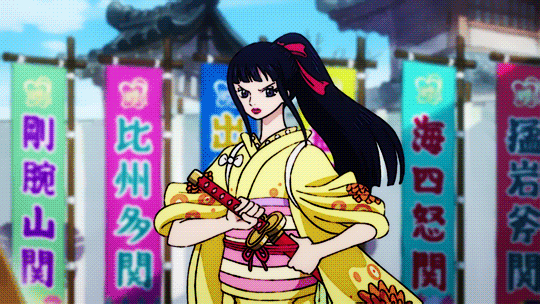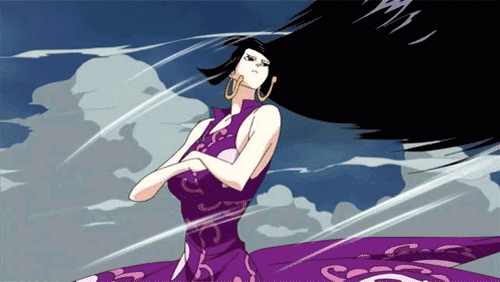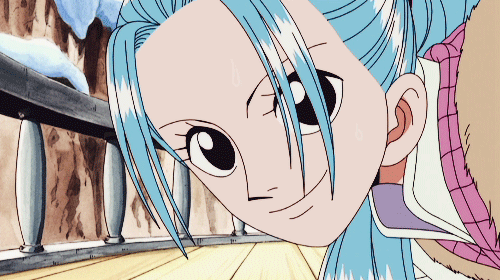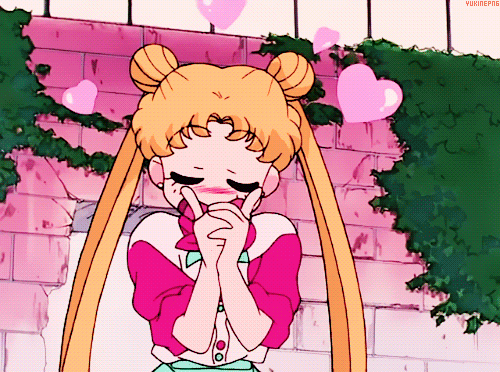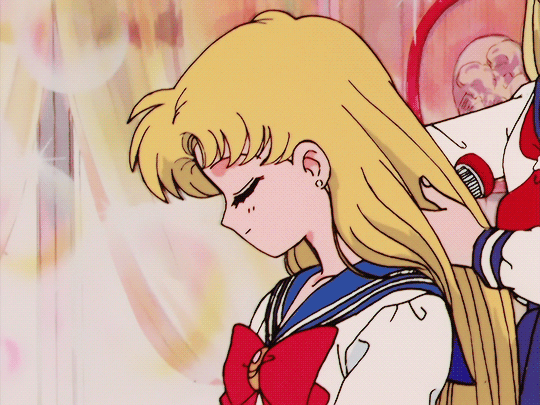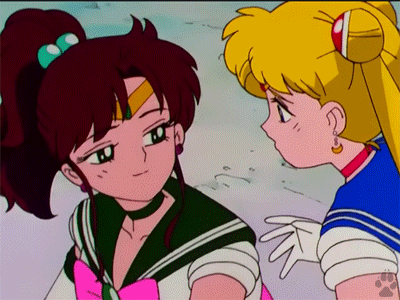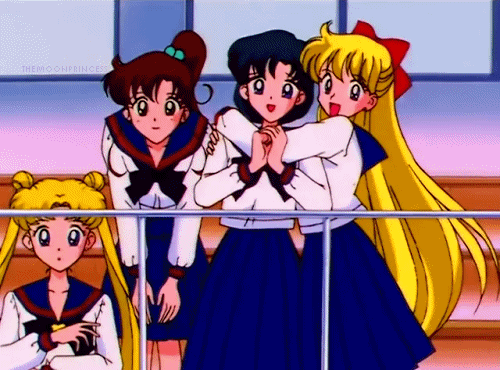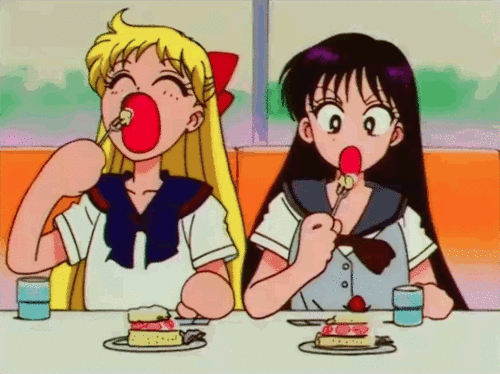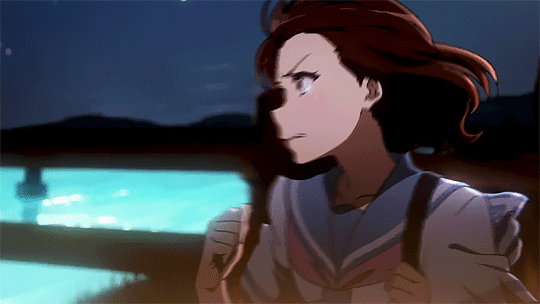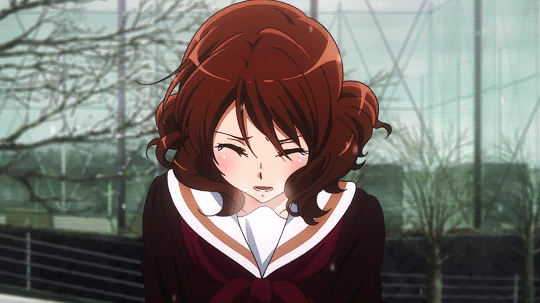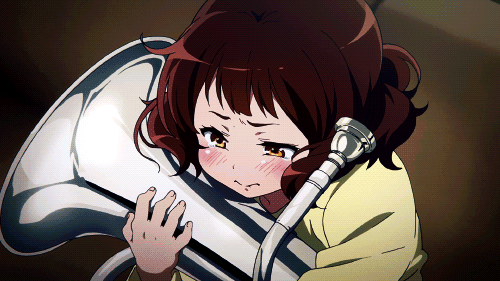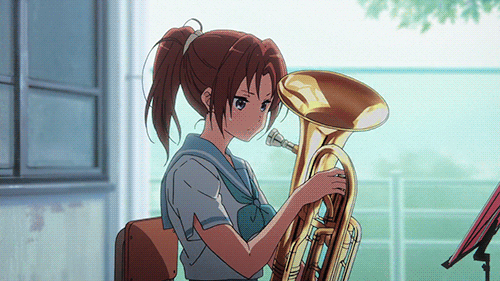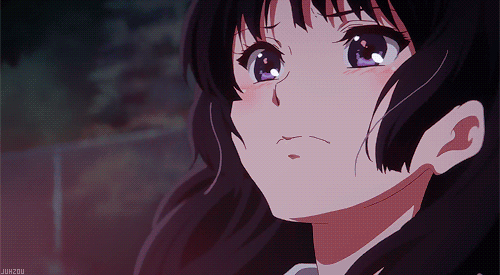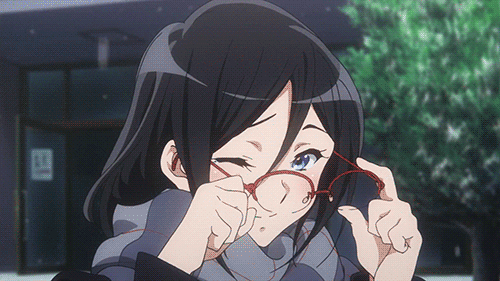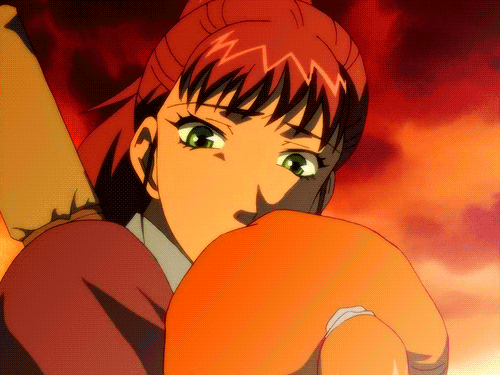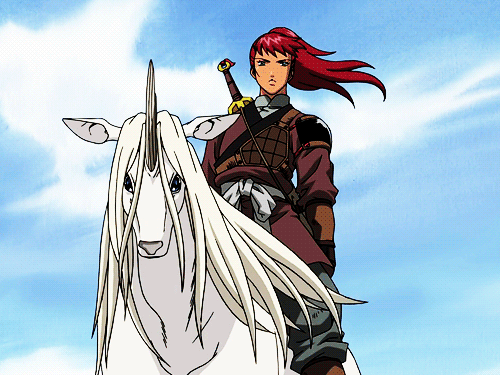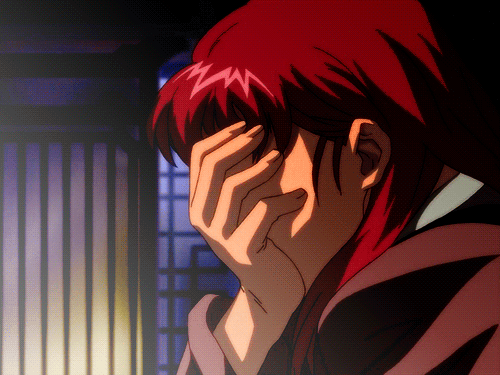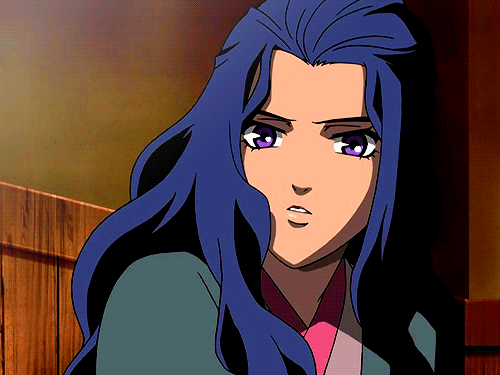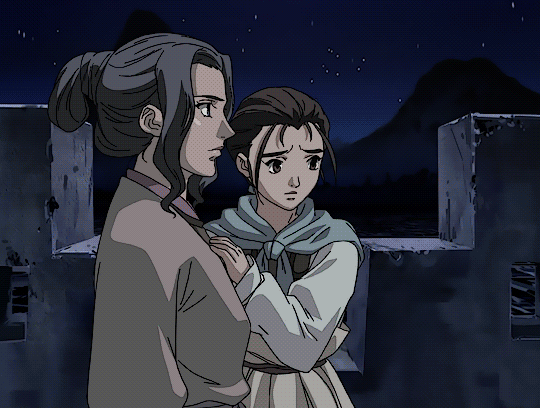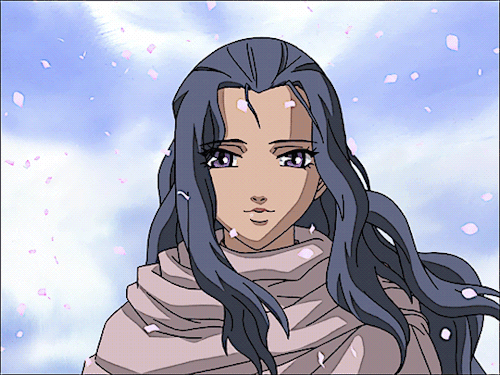Time and time again I witness the same discussion on just about every corner of the internet where you find anime fans; a dichotomy of “why does anime never have good female characters” and “actually this anime with *insert bland and one-dimensional character writing for its female cast* is good” so which is it? Does anime have good female character writing or not? Well, the answer isn’t really that simple considering it is a medium with tens of thousands of entries to explore in it.
In this post, I’m going to explore why fans tend to come to both of those conclusions and do a deep dive into real examples of good female character writing across 4 different genres: drama, shoujo, shounen, and fantasy.
What is good female character writing?
Let us examine our first statement we often see circulating across the internet: why does anime never have any good female characters? To answer simply yes it does, however, no, a majority of what people watch does not. So why is this? The anime medium much like any other relies on what sells and what is popular. Additionally, it is written and produced by a culture entirely different from many of our own cultures and the industry relies on what sells within that subset as well. Shounen anime is by far the most popular type of anime both in Japan and worldwide, being produced by the highest-selling manga magazine and selling the most copies of multiple series around the world. Shounen-Jump Magazine and the Shounen demographic in general are run by and made for predominately male audiences. It is both in the name and the historical data of the demographic. There are numerous interviews with many of the leading shounen mangaka where they blatantly talk about not knowing how to write female characters and they dilute them down to bad and quite frankly misogynistic sub-types. Many of the female characters in shounen are either centered around being stoic, badass, and not caring about men or being submissive, lewd, tsunderes. This is where we find our second circle of the internet who says “actually female characters in anime are great”; because well this is honestly how many people either want women to be or think they are like this. Now obviously this is a generalization and I will be proving that much of the industry; including the shounen demographic can and does write phenomenal female characters, but the vast majority don’t because people keep buying what they’re already selling. It needs to be said that the main reason people think this way about female character writing and the anime industry as a whole is because they don’t care enough to find something better.
So what actually is good female character writing? It’s pretty simple- it’s just good character writing. It’s giving equal importance to female counterparts, making them feel authentic, giving them personality, making their role in the story more than a plot device, and writing them with complex emotions. Bad female character writing is when they only progress through supporting every male character. Bad female character writing is when they are boiled down to one or two stereotypical character tropes and have nothing unique about them. And this isn’t to say that female characters can’t support male characters or be saved by them but it’s a question of how and why the character is being presented that way. And so I will use this point to transition into examples of good female character writing across the industry starting with the accused demographic; shounen.
Shounen Anime Writing; One Piece
Shounen anime is the one put in the hot seat the most when it comes to their female characters however, there are many that do not fall into the trap of writing one-dimensional and throw-away characters. There are some examples like Fullmetal Alchemist and Gintama, however, I want to look at the leader of the industry itself: One Piece.
Yes, One Piece the highest selling manga of all time and the clear icon of Japanese pop culture actually has a pretty amazing female cast- which makes it shocking that much of the demographic doesn’t follow suit. Now I’m not going to say it’s perfect by any means, I understand the complaints about the character designs and a few other smaller things here and there however for a series with 1,000 chapters it is extremely consistent in how it writes and presents its female cast. Just examining the main two female straw-hat pirates Nami and Nico Robin, both of them have very distinct personalities, entire arcs dedicated to their personal development, and extreme importance to the world and story.
Nami has her arc early in the series where we learn her village was taken over by pirates and her adoptive mother was murdered by them. In order to save her village, she sold herself to the Arlong Pirates and made a deal to buy back her village. Nami is presented as both strong and independent but also feminine and soft. She shows her vulnerability to the crew and accepts help when she finally needs it. Despite being unable to take Arlong down herself, Nami never once feels weak or one dimentional. She has complex emotions about her life and the world around her and still acts accordingly even in newer chapters. She also is the crew’s navigator and without her, they would never be where they are, she is extremely essential to the story.
Nico Robin has a few arcs of development as we learn that she is from a village that can read the ancient ponoglyphs that tell the truth of the void century that the government has covered up. Her village was destroyed by the world government and she has lived as a fugitive most of her life. Robin is mysterious but also clearly kind and struggles to trust anyone. Her writing feels authentic, giving her one of the most iconic moments of the series and she is one of the most important characters in the story given she is the key to learning the truth about the world of this 1,000+ chapter story.
Additionally, Oda introduces new characters in every arc giving us plenty of other strong, unique, and iconic female cast members like Vivi, Boa Hancock, Carrot, and even trans characters like Okiku and Yamato showing his range in the ability to write all kinds of people. One Piece is proof that the shounen demographic can write proper female cast members while still staying true to the genre.
Shoujo Anime Writing; Sailor Moon
Shoujo anime would be on the opposite end of the spectrum as shounen given that it is primarily written by and for women- the general character writing in shoujo takes on a very different feeling. Shoujo casts are typically predominately women however the male character writing within the genre is often on equal footing with the female writing which is quite different from shounen where there is a clear gap. This can be seen in examples like Natsume Yuujinchou, Fruits Basket, Banana Fish, Yona of the Dawn, and Nana where the male characters are written just as strong and with equal care. Shoujo suffers from the endless circulation of people saying it is either boring or too girly which is quite obviously not the case given how diverse the demographic is. Additionally, it does have its fair share of tropes and things to dislike but overall it is just not consumed or advertised as much as shounen is, but it is a beacon for amazing female characters.
Sailor Moon is one of the most well-known shoujo anime being a pop culture icon for decades; however, it is a clear indicator of what shoujo anime and female character writing are really all about. The author of the series wanted to write the cast as if they were real people she would want to be friends and THAT is what I believe to be a wonderful approach to writing fun and enjoyable characters.
The entire cast of Sailor Moon is diverse in personality and purpose, Sailor Moon is episodic in nature, each episode they fight a monster that ties into one of the character’s issues and then there is a large climax halfway through the season followed by a big finale at the end. It is at its core a show about the characters, their relationships with each other, and how they utilize those to fight battles. It’s a similar set-up to many shounen but more focused on the main cast as the driver of the story.
Usagi aka Sailor Moon starts the series off as a crybaby whose bad at school and doesn’t have much to care about. When she becomes Sailor Moon she doesn’t really know how to handle it but as she begins to form relationships with the other Sailor Senshi she becomes strong and reliable, putting others before herself and being a source of hope for those around her. It’s a wonderful development to see and testament to what can happen when you put focus on making a character feel real.
Each Sailor has their own distinct personality and relationship with Usagi, Rei is smart, elegant but a bit mean-natured, and serves as the voice of rude awakening for Usagi when she needs it. Ami is the group genius, she is extremely kind and supports the group through creative ways to solve issues. She has many wonderful episodes about finding herself and trying to become her own person. Mako is the group mom being both tough and soft, she can beat up anyone but chooses to take care of others and help those in need. Minako is a bit dumb but extremely charismatic and witty often helping those in the group solve their internal issues due to her ability to understand others. The whole group works well together in feeling like real girls fighting the dark situation they were put in, and THAT is how it should be done! It is so hard to put into words how well the author of Sailor Moon captures the different ways to write characters.
High School Drama Anime Writing; Hibike! Euphonium
Another subset of anime that people complain about being both unrelatable and having inappropriate female character writing is high school dramas. High School anime is probably the densest genre of the medium and although there are certainly a lot of garbage ones that have surfaced as popular, there are many that accel in being mature in writing. Kyoto Animation has produced a multitude of beautiful series in this genre such as Hyouka, Nichijou, K-On, and Clannad however from a female-character writing perspective I want to look at Hibike! Euphonium.
Hibike follows our protagonist Kumiko through the difficulties of high school concert band. Of course, I found this relatable because I was in band in high school, but on its surface, it may not seem like a beacon of female characters and relatability. However, this series has some of the most complex and best-written female characters I’ve seen from the medium. They all have different reasons for being passionate or having a lack of passion. They all have different personalities, complex emotions, and their own internal battles that many of us can relate to.
Kumiko is a girl who lost her passion for the instrument she once loved and we spend much of the series watching her regain that passion through observing others and looking inwards at herself. She is an honest person who tends to speak her mind but is also reserved in not quite knowing what to say in many situations. She genuinely feels like a real person and her journey feels like one many girls in high school face.
Other cast members like Asuka, Reina, and Natsuki have their own struggles and character traits that are also unique and very dense. Reina is a gifted talent who also works hard and cares about music, she is headstrong but also naive when it comes to relationships with others. Natsuki is someone who like Kumiko lost the passion she had for music due to her own inability to keep up. And Asuka struggles with the weight of family expectations and hides her pain behind sarcastic comments. All of this cast is layered and really exemplifies what it means to write a coming-of-age high school drama with realistic girls and relatable human struggles.
Isekai/Fantasy Anime Writing; The Twelve Kingdoms
Lastly, as the Isekai genre has grown over the past decade we’ve seen a relative decrease in well-written female characters due to the nature of the new-age genre tropes. Many are focused on video-game-like worlds with male leads that get to live out their fantasy of being the hero, however, the Isekai genre wasn’t always like this and if you actually look you can find lots of older series with excellent female characters such as The Twelve Kingdoms.
The Twelve Kingdoms follows a female protagonist, Youko Nakajima, as she is taken from her world into that of another more medieval fantasy world. She is forced to navigate this world where they don’t even speak the same language and there are large beasts trying to kill her. So yes- the typical start to an Isekai series. The Twelve Kingdoms is about Youko’s self-discovery and development as a person once she learns that she is meant to be the queen of the Kingdom of Kou. Her character starts off as a timid people pleaser who never once thought about what she wanted. She always did what she thought others wanted her to do causing her to lack confidence and a solid personality. Once she is thrust into this world through her observations and internal conflicts she decides to confront this part of herself and become a stronger and more reliable person. This is how you write both a great protagonist and female MC as her struggles are something you see women face often.
Additonally, the story follows two other girls with completely different origins than Youko, one being a spoiled princess on the run and the other being a naive girl who became a slave. Both of these girls have their own intense arcs of development as they choose what their paths going forward will be and what type of people they wish to become. It’s an amazing story of female empowerment and shows that even a genre littered with throw-away female characters has more entries that shine.
So does anime have good female character writing? YES. It is just a matter of actively seeking it out instead of demanding things change without actually backing it up. The anime industry will not change unless you prove that you genuinely want something else- and this is done by propping up and consuming series that exemplifies the kind of writing you are looking for.

